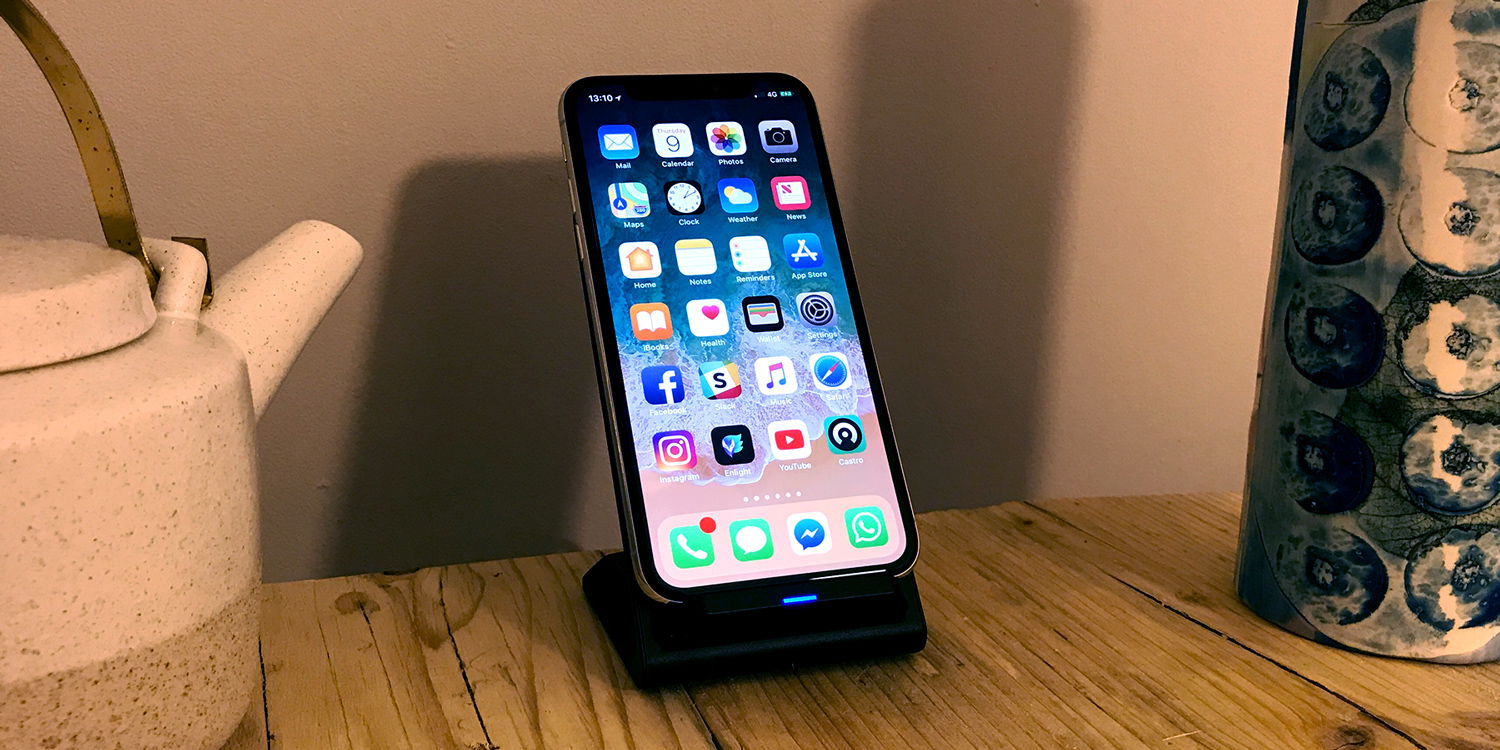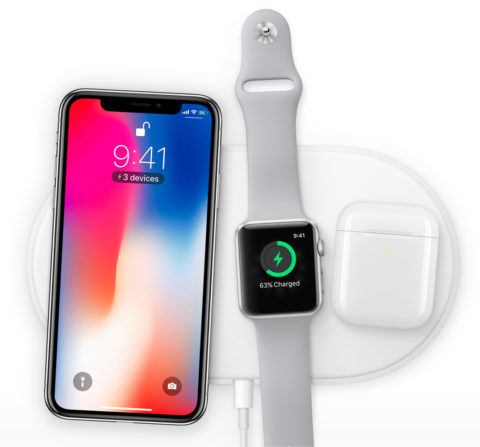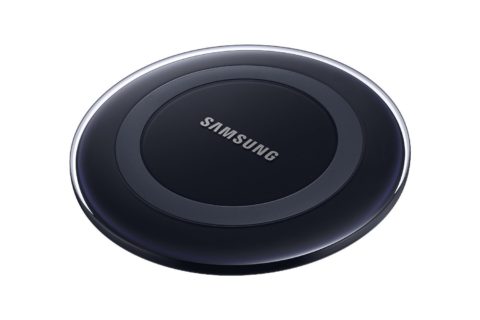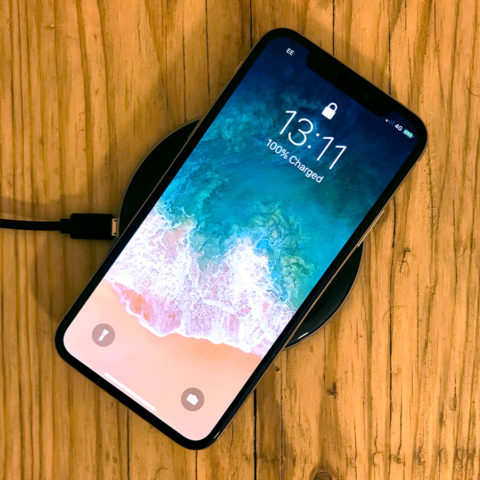When Apple announced last year that the iPhone 8 and iPhone X could be charged without plugging into anything, it set in motion a series of events that have changed the market for wireless chargers permanently, simplifying the landscape for consumers.
The evidence came in the form of an announcement at CES in January by Powermat, one of the biggest manufacturers of wireless chargers and one which previously used a type of wireless charging known as ‘PMA’ after the Power Matters Alliance. Powermat said that all of its chargers would now support the charging standard adopted by Apple: Qi.
The wireless battle
PMA, which is supported by industry body AirFuel Alliance, and Qi have been battling for dominance in the wireless charging world, just as Blu ray once fought HD-DVD, and the decision of major third-party manufacturers to back Apple’s favored horse is a significant one.
“Qi has become the dominant wireless charging standard on the market and the recently launched Apple iPhone lineup is evidence of this success,” Powermat said in a statement. Powermat had already added Qi support to its chargers in Starbucks coffee shops. While AirFuel Inductive will carry on, and there are other, much less popular standards, it now seems inevitable that Qi will dominate the market.
Apple’s announcement last September changed everything. In confirming that its flagship iPhones would use the Qi charging standard, it indicated that future iPhones will too. In a year or so every new iPhone sold will be capable of charging wirelessly using Qi chargers. With the reach and power Apple has, that represents the kind of juggernaut that you’d better get out of the way of before it runs you down.
Wide benefits
Powermat’s decision doesn’t just make business sense for the company, it’s also great news for consumers. Now, every smartphone user with a wirelessly chargeable device will be able to use almost any wireless charger. It will reduce the need for users to understand or consider the difference between competing standards; things will just work.
This kind of cross-platform, universal support helps break down the often confusing disparities between competing manufacturers. It also gives iPhone users more choice than just buying Apple-made accessories all the time.
Case in point: Apple’s rival Samsung make arguably the best wireless charger that works with iPhone. At least until Apple’s AirPower charger launches later this year.
It’s also good news for coffee shops, shopping malls, libraries, and any other public spaces where wireless charging is provided — they won’t be faced with the choice of picking one standard and potentially alienating customers with incompatible devices, or duplicating chargers to cover two standards.
Apple’s influence
It’s not the first time Apple has stepped into a market, chosen a standard and settled an argument. In 1999, few people knew about wireless networking, but tech companies were busy fighting over the best protocols to allow laptops tether-free access to the Internet. Along came Apple in July that year and announced the iBook and its AirPort networking. Apple had decided the 802.11 protocol best suited its needs and pretty soon the rest of the industry followed suit.
A year earlier, it had dumped ADB, serial and SCSI connectors when it launched the iMac and replaced them with USB. Printer, scanner and hard drive makers fell over themselves to produce candy-colored USB peripherals.
In those days, Apple held much less sway than it does today. Steve Jobs had only just returned and the iPod was still a couple of years away, the iPhone the stuff of science fiction. Yet its market was still big enough to influence the entire industry, most of the time.
Now, if your mobile technology doesn’t work with the iPhone, there’s little chance of it being adopted as an industry standard. Powermat realized very quickly that if its chargers didn’t support the iPhone, it’s potential market share would be seriously compromised.
Apple didn’t set out to harmonize the wireless charger industry, though you can be sure it knew when it adopted one standard over another it would send a huge signal. That signal has been received and understood, to the benefit of everyone who buys a wirelessly-chargeable smartphone in the future, at least for now.
A wireless future
There’s more uncertainty coming down the tracks, though. The inductive charging used in today’s phones and for which Qi is designed will eventually be overtaken by technologies that can charge devices from a distance – though reports suggest this is still a long way off. Two companies, Energous and Ossia, are working on RF and magnetic resonance technologies, respectively.
So, while Qi currently has the likes of Apple, Samsung, and Nokia onboard, you can be sure that when a better technology comes along, they’ll jump ship. In the meantime, though, expect more and more companies to follow suit and use the Qi standard. Watch this space.




